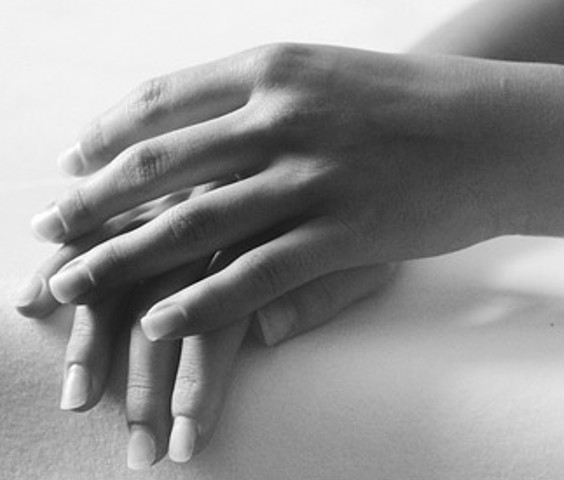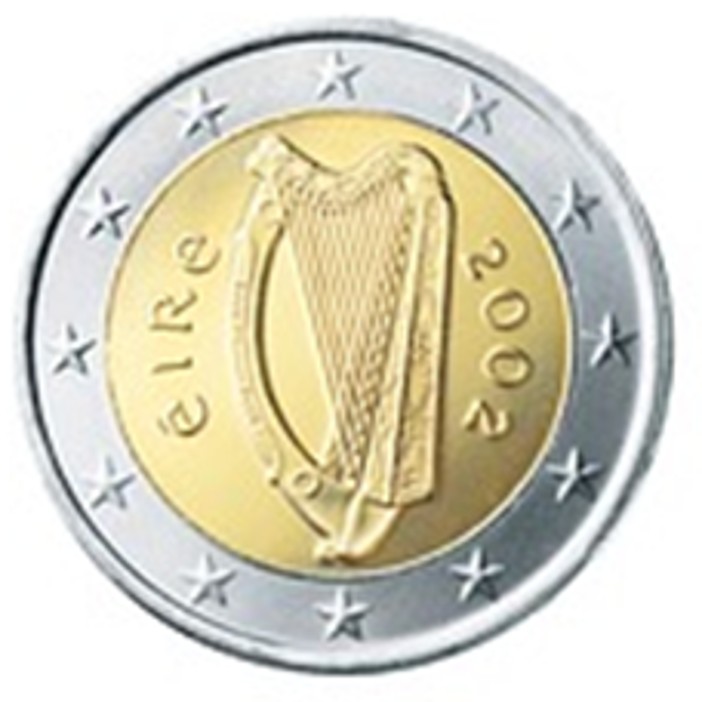Harp can be a somewhat lonely instrument. We play solo so often. If we play in recitals we are likely to be alone on the stage. It’s not that we can’t play with others, it’s just that we do spend a lot of time on our own.

But playing in an ensemble is something special! I cannot encourage you enough to find a way to play with somebody – other harpers, other instruments, combinations of two, three, 100 – whoever you can find to play with.
Playing with others gives you the opportunity to remember that when we’re making music, it’s not about you. And playing with others in ensemble can yield incredible benefits to you as a musician. I hear you saying (skeptically), “like what?”
There are the obvious benefits like being part of a team and being camouflaged. But there are even bigger payoffs. Here are some ideas for your consideration.
Being on a team shifts your attention from what you are doing to what you are doing together. No one has the lead the whole time. The melody moves between the players and parts. Sometimes you have the harmony, or the melody variation, or a highlight bit. The pressure to perform is shared. You can breathe!
You learn the importance of following the conductor. This can be obvious with a person standing in front of you, reading a score, and herding the cats with a baton. Or it can be subtle with someone selected to set the tempo, or count you in, or do some pseudoconducting (waving an arm to direct until their part starts and they have to play too). No matter the level of conducting, you must pay attention and listen to the direction you’re receiving. You’re not solo and you need to follow the conductor as a part of the ensemble team.
All of this is built on you having strong skills – good technique and good musicianship. You will be listening for your own tone, rhythm, dynamics as agreed, and you will be filling in tweaks to create the shared music.
But perhaps most importantly, you have to know your place. You must listen to the whole, not just your part. You listen for your entrances and make compromises to ensure the music is musical. You have to hear how your part fits into the whole. And you have to hear how the other parts are in and around your part. You will only get that if you listen intently and with purpose. You need to match yourself to the rhythm of the group and incorporate the inflections of the ensemble.
You must constantly just listen, stay with the crowd, do your part, and contribute to the whole. Just Listen – that’s how you do it.
Have you played in a group (of any size)? What did I miss? If you’re new to ensembles (or after reading this want to do even better) how will you improve your listening? Let me know in the comments!




